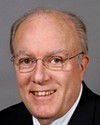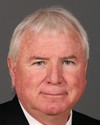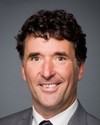On the October one, I should say, I wasn't there for that, so I just heard about this monitoring visit.
The problem we had in Kabul was that the information we were given was so hopeless. We went to the prison and we said: “We're looking for these four people. These are the names and they were all taken in Kandahar. Could you produce these people?” So they produced people who had names that were more or less similar and we tried to figure out if these were the people we were looking for. We settled on four who more or less matched the criteria we'd been given.
Later, we got much better information, a full package, including photographs and the proper names, and when I looked at that, I concluded that of the four we had met, only one was the right person. But this was really a function of the record-keeping. It was very poor--very, very poor.




